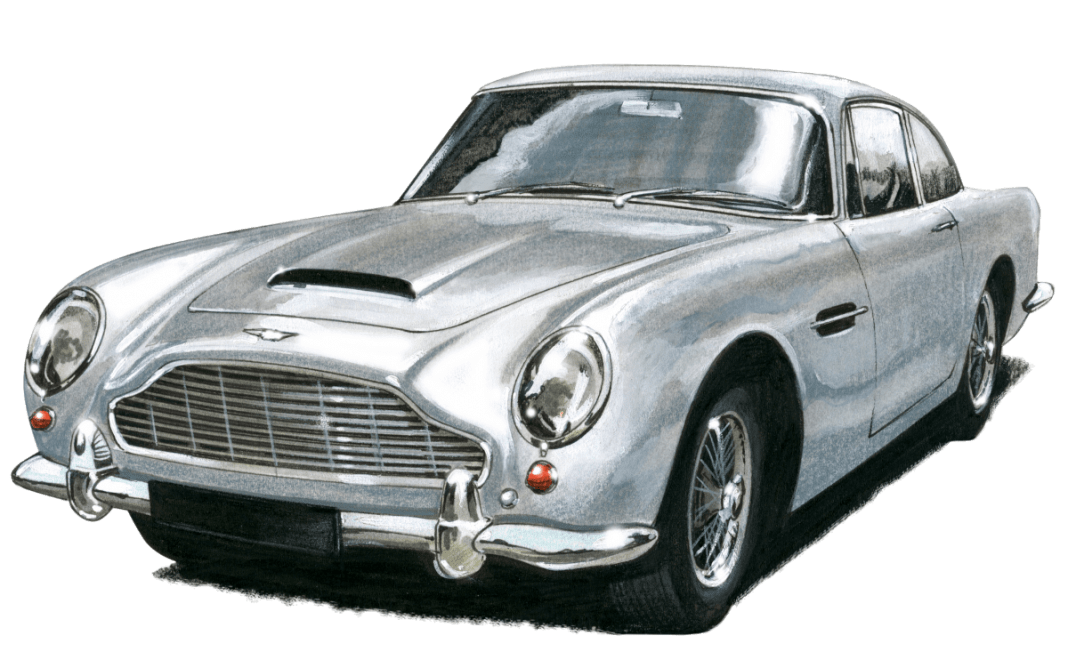
The Aston Martin DB5, an automotive icon, has stood the test of time since its introduction in the 1960s. Its driving performance, although impressive for its era, has inevitably been surpassed by modern sports cars.
When it comes to acceleration, the DB5’s 4.0-liter engine with around 290 horsepower provided substantial power back in its heyday. However, compared to the current generation of sports cars, which can easily exceed 500 horsepower, the DB5’s acceleration may feel somewhat lacking. While it still possesses a certain charm and a satisfying growl, it cannot compete with the blistering speed of modern machines.
Handling dynamics and technological advancements also play a significant role in comparing the DB5’s driving performance to contemporary sports cars. The DB5, in its time, offered a balanced and enjoyable driving experience, but by today’s standards, its suspension and chassis may feel relatively soft and less refined. Modern sports cars utilize advanced suspension systems and electronic aids that allow for enhanced handling precision, improved aerodynamics, and better cornering capabilities.
Despite these differences, the DB5’s driving experience still offers a unique and nostalgic charm. Its analog nature, lack of excessive driver aids, and the visceral connection it establishes between the driver and the road are aspects that many modern sports cars have moved away from. The beautifully crafted interior, iconic design, and the sense of occasion that driving a classic Aston Martin provides remain unparalleled.
In summary, while the Aston Martin DB5 may not match the sheer power, acceleration, or cutting-edge technology of modern sports cars, its driving performance retains a timeless appeal. It effortlessly captures the essence of a bygone era, reminding us of a different time in automotive history.